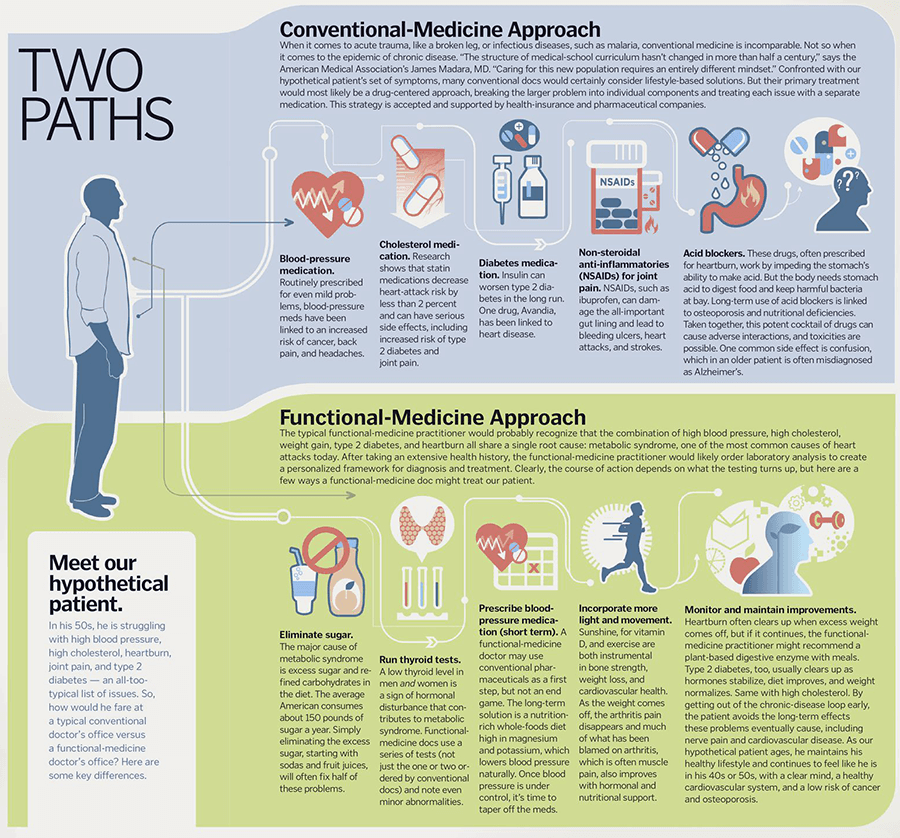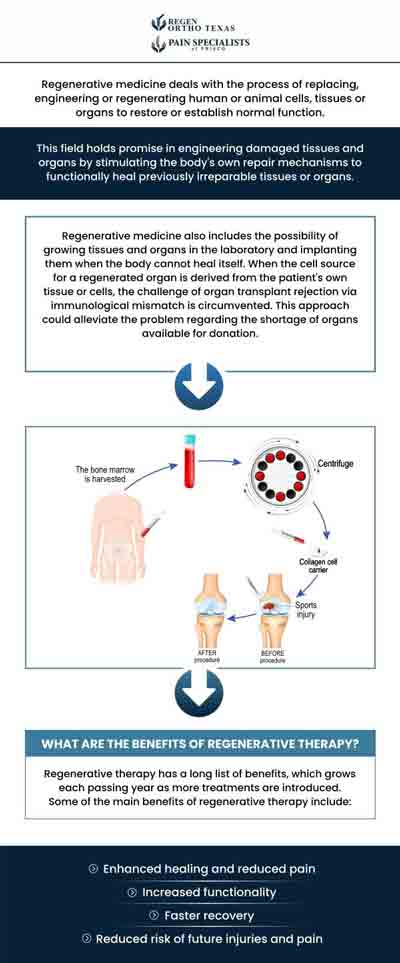[/image][=video]
[/video]
There are lots of sorts of stem cells. In general, the term stem cell refers to a classification of cells that generate various other cells (like skin, blood, heart, and muscle cells) by replicating and separating in response to chemical hints. Totipotent stem cells show up at the earliest phase of growth and are the only stem cells which can produce embryonic stem cells and the placenta.
Bone marrow transplant (BMT) is an unique therapy for patients with certain cancers cells or various other diseases. A bone marrow transplant includes taking cells that are usually located in the bone marrow (stem cells), filtering system those cells, and providing back either to the contributor (patient) or to one more person. The goal of BMT is to transfuse healthy and balanced bone marrow cells into an individual after his/her own unhealthy bone marrow has been dealt with to eliminate the abnormal cells.
The blood cells that make various other blood cells are called stem cells. The most primitive of the stem cells is called the pluripotent stem cell.
It is the stem cells that are needed in bone marrow transplant. The objective of a bone marrow transplant is to cure several conditions and kinds of cancer cells. When the dosages of radiation treatment or radiation needed to treat a cancer are so high that an individual's bone marrow stem cells will certainly be completely harmed or ruined by the treatment, a bone marrow transplant may be needed.
Hormone Therapy
This procedure is frequently called rescue. Change bone marrow with genetically healthy and balanced functioning bone marrow to stop more damage from a hereditary disease process (such as Hurler's disorder and adrenoleukodystrophy). The threats and benefits have to be considered in a detailed conversation with your doctor and experts in bone marrow transplants before the treatment.
There are various kinds of bone marrow transplants depending on that the donor is. The various kinds of BMT include the following: The donor is the person himself or herself. Stem cells are extracted from the individual either by bone marrow harvest or apheresis (a process of collecting peripheral blood stem cells), icy, and then returned to the patient after extensive therapy.
The benefactor shares the very same genetic kind as the client. Stem cells are taken either by bone marrow harvest or apheresis from a genetically matched benefactor, generally a brother or sister. Other contributors for allogeneic bone marrow transplants might consist of the following: A haploid-identical match is when the contributor is a moms and dad and the genetic suit goes to least half similar to the recipient.

Matching includes typing human leukocyte antigen (HLA) cells. The antigens on the surface of these special leukocyte identify the hereditary make-up of a person's body immune system. There are at the very least 100 HLA antigens; nonetheless, it is thought that there are a few major antigens that establish whether a benefactor and recipient match.
Medical research study is still checking out the function all antigens play in the procedure of a bone marrow transplant. The more antigens that match, the far better the engraftment of donated marrow. Engraftment of the stem cells occurs when the contributed cells make their means to the marrow and begin making brand-new blood cells.
Stem Cell Therapy
All people function with each other to provide the ideal possibility for an effective transplant. The group consists of the following: Medical care companies that specialize in oncology, hematology, immunology, and bone marrow transplantation.
Specialists that will help you fulfill your dietary needs prior to and after the transplant. They will certainly work carefully with you and your family. Specialists that will certainly assist you become solid and independent with movement and endurance after the transplantation. Chaplains who provide spiritual treatment and assistance. Numerous other employee will evaluate you prior to transplant and will provide follow-up care as needed.

A complete medical history and physical exam are carried out, including multiple examinations to review the person's blood and organ functions (for instance, heart, kidney, liver, and lungs). An individual will certainly commonly enter the transplant facility approximately 10 days prior to transplant for hydration, analysis, positioning of the main venous line, and various other preparations.
For an allogeneic transplant, a suitable (tissue entered and matched) contributor has to be available. Voluntary marrow donors are signed up in numerous nationwide and global windows registries.
Contributor sources available consist of: self, brother or sister, parent or relative, nonrelated individual, or umbilical cord from a related or nonrelated person. There are nationwide and international pc registries for nonrelated people and cable blood.
Regenerative Therapy in Inkster
Tests associated with his/her health, exposure to infections, and genetic analysis will be done to figure out the level of the match. The benefactor will be offered instructions on how a bone marrow contribution will be made. When a match for a person requiring a bone marrow transplant is located, then stem cells will be accumulated either by a bone marrow harvest.
Or by a peripheral blood stem cell collection. This is where stem cells are collected from the distributing cells in the blood. Of both, peripheral blood stem cell contributions are currently much more usual. Cord blood has actually already been collected at the time of a birth and saved for later usage.
Navigation
Latest Posts
Perimenopause Treatment
Menopause Treatment
Regenerative Therapy